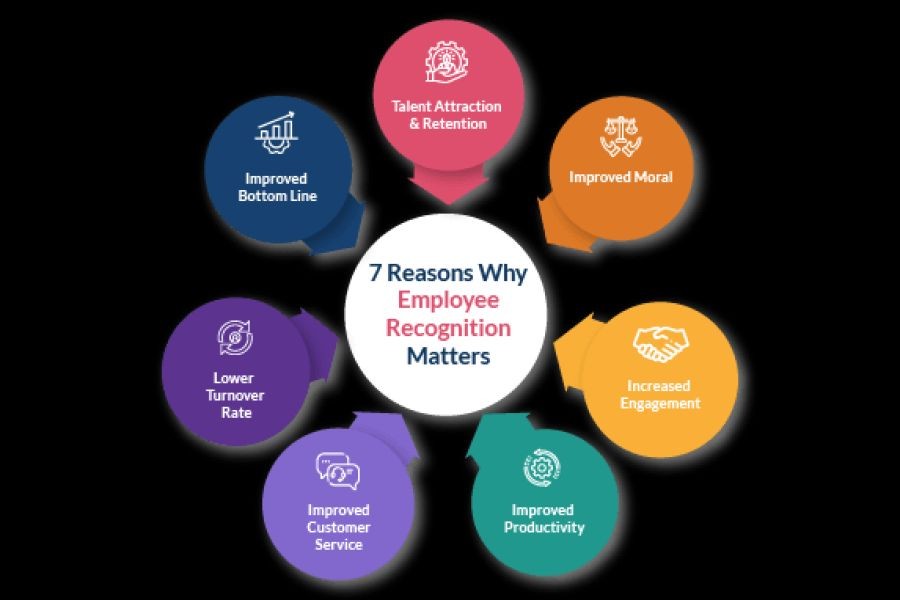Introduction
Imagine walking into a bottle shop in Melbourne believing that the most expensive bottle of wine is the best choice for your dinner party. This common misconception is just one of many myths about wine that persist among Australians. Despite Australia's thriving wine industry, misconceptions still cloud the judgment of many consumers.
With Australia being the fifth-largest wine-producing country globally, it's crucial for both consumers and investors in the industry to navigate these myths effectively. According to the Australian Bureau of Statistics (ABS), the wine industry contributes significantly to the national economy, generating over AUD 40 billion annually. Understanding the truths behind these myths is not only beneficial for wine enthusiasts but also for economic strategists looking to capitalize on this lucrative market.
Myth 1: Expensive Wine is Always Better
Reality: Price does not always correlate with quality. A study by the University of Melbourne revealed that, in blind taste tests, many consumers could not differentiate between high-priced and moderately priced wines. This myth often leads to unnecessary spending and overlooks the value of mid-range wines that offer excellent quality at a more accessible price point. For investors, understanding consumer behavior can lead to better-targeted marketing strategies and product placements.
Myth 2: Red Wine is Healthier than White Wine
Reality: While red wine has been associated with heart health benefits due to its antioxidant content, white wine also offers health benefits, albeit different ones. According to research from the University of Adelaide, both types of wine contain polyphenols that can contribute to overall well-being. For the health-conscious consumer, this opens up a broader selection of wines to enjoy responsibly.
Myth 3: Screw Caps Indicate Lower Quality
Reality: In reality, screw caps are often used to preserve the freshness and quality of wine. Australia leads the world in the use of screw caps for premium wines, a trend that has been growing since the early 2000s. The Australian wine industry has embraced this method to avoid cork taint and ensure consistency in flavor. This myth could deter consumers from purchasing high-quality wines based solely on the closure type.
Myth 4: Wine Improves with Age
Reality: Not all wines are designed to be aged. In fact, the majority of wines sold in Australia are meant to be consumed within a few years of purchase. The Treasury Wine Estates, a significant player in the Australian wine market, states that only a small percentage of their wines are suitable for long-term aging. This myth can lead to consumer disappointment and financial loss when wines are improperly stored.
Myth 5: Organic Wines are Always Better
Reality: While organic wines are produced without synthetic pesticides and fertilizers, quality can vary just as much as with conventional wines. According to the Australian Competition & Consumer Commission (ACCC), labeling alone does not guarantee superior taste or quality. This myth can mislead consumers seeking high-quality wines and overlooks exceptional non-organic options.
Understanding the Economic Impact
The Australian wine industry is a vital part of the national economy. It supports over 160,000 jobs across the country, from vineyard workers to marketing professionals. The ABS reports that wine exports account for a significant portion of Australia's trade, with China, the United States, and the United Kingdom being major markets. As such, debunking these myths can lead to more informed consumption and investment decisions, driving further growth and sustainability in the industry.
Case Study: Treasury Wine Estates - Adapting to Consumer Perceptions
Problem: Treasury Wine Estates, one of the largest wine companies globally, faced challenges with shifting consumer perceptions around wine myths. The company saw a need to educate consumers about the reality of wine quality and value.
Action: The company launched an educational campaign focusing on wine appreciation and the benefits of different wine types, regardless of price or packaging. They used digital platforms and in-store promotions to reach a broad audience.
Result: The campaign successfully increased consumer awareness, leading to a 15% increase in sales of mid-range wines. Treasury Wine Estates also reported improved brand perception and customer loyalty.
Takeaway: Educating consumers can effectively dispel myths, leading to increased sales and brand loyalty. Other Australian wine producers can adopt similar strategies to enhance their market presence.
Final Takeaways
- Price does not always equate to quality; mid-range wines offer excellent value.
- Both red and white wines have health benefits; choose based on personal preference.
- Screw caps are a reliable closure method, preserving wine quality.
- Not all wines improve with age; consume most wines within a few years of purchase.
- Organic wines are not inherently better; assess wines on individual merit.
Future Trends & Predictions
As consumer education improves, the Australian wine industry is likely to see a shift in purchasing patterns. By 2026, we predict a 20% increase in the sales of wines with screw caps and a more balanced consumption of red and white wines. Additionally, digital marketing strategies will play a crucial role in dispelling myths and encouraging informed consumer choices.
Conclusion
Understanding and debunking wine myths is vital for both consumers and investors in the Australian market. By making informed choices, consumers can enjoy better quality wines without overspending, while investors can align their strategies with consumer trends to maximize returns. What's your take on these myths? Share your thoughts and experiences in the comments below!
People Also Ask
How does debunking wine myths impact the Australian economy? Informing consumers leads to better purchasing decisions, fostering growth in the domestic wine market and increasing export potential, according to ABS data.
What are the benefits of choosing mid-range wines? Mid-range wines often offer excellent value and quality, allowing consumers to enjoy diverse flavors without the high cost, as supported by University of Melbourne studies.
Why are screw caps becoming more popular? Screw caps prevent cork taint and maintain the wine's freshness, a trend supported by many Australian wine producers for quality assurance.
Related Search Queries
- best Australian wines 2025
- organic wines vs. conventional wines
- top wine producers in Australia
- impact of wine industry on Australian economy
- health benefits of red vs. white wine
- Australian wine market trends
- how to choose a good quality wine
- future of the wine industry in Australia
- screw cap vs. cork wine
- understanding wine labels





























